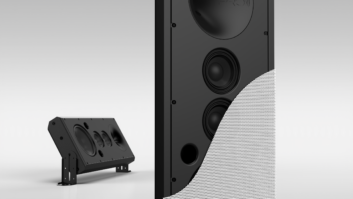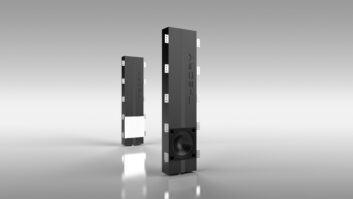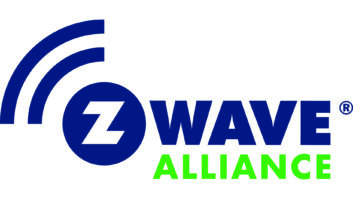CEDIA Expo 2009 Atlanta – Fabless semiconductor developer Focus Enhancements will go to the CEDIA Expo, here, to demonstrate its Summit multichannel wireless-audio technology, promoted as delivering 7.1-channel sound quality that’s “virtually indistinguishable” from wired quality.
Focus also promotes Summit as overcoming the sound quality, interference, latency and cost challenges associated with other wireless technologies designed for multichannel home theaters. Its speaker-level, speaker-delay and phase controls are said to be so flexible that they can be used to focus the audio sweet spot into the corner of a room where a sectional couch might be placed.
The first speaker system to incorporate the technology will be from direct-to-consumer marketer Aperion Audio, whose preproduction prototype will be demonstrated at Focus’s sound room at the convention center. Aperion’s Summit-equipped powered speakers and a Summit transmitter are due in the late first quarter or early second quarter, Focus marketing VP Tony Parker said. The Aperion system will deliver 2.1- to 7.1-channel sound.
Also at the show, Focus will display:
- a Summit-equipped A/V receiver made by Anam, an ODM/OEM supplier for multiple A/V receiver brands.
- a wireless audio hub from OEM Handsong. The hub, designed to connect to existing sound systems, features Summit technology, onscreen display, and Dolby Digital, DTS and Dolby Digital Plus decoders. It features line-level analog inputs as well as optical and coaxial digital inputs.
- Summit modules from Kwang Sung Electronics, whose modules incorporate Toshiba-made Summit chips.
Focus also hopes to demonstrate a hub connected to an LCD TV via USB, enabling the TV’s remote to control the hub’s user interface.
Summit achieves its quality goals by, among other things, transmitting uncompressed 48kHz/24-bit PCM over the air, using forward error correction to overcome latency problems, and using the congestion-free 5.1-5.8GHz U-NII band. That spectrum, which features 23 non-overlapping channels, was recently approved by the International Telecommunications Union (ITU) for worldwide unlicensed use near the IEEE 802.11a/n wireless-network band. In mid 2010, Focus plans to upgrade the technology to deliver 96kbps audio over the air, Campbell said.
Other technologies that avoid interference include spread-spectrum OFDM (orthogonol frequency-division multiplexing) modulation, four-antenna diversity tuning in the speakers, dynamic frequency selection to hop to a channel without interference, and up to 10ms of audio interpolation to fill in lost packets.
To make it easy to set up a wireless system, Summit-equipped systems automatically discover speakers in the room and assign channels to them.













